MSxml3.dll Missing on Windows 10: 4 Easy Fixes
On Windows 10, MSXML3.dll is a vital system file associated with the Microsoft XML Core Services. In short, it allows multiple native Windows programs and third-party apps to communicate with XML data. XML is a standardized language for structuring and storing data, and MSXML helps programs work with XML data.
When this file goes missing or becomes corrupted, it can cause many programs to crash, fail to open, and even render Windows practically unusable. This is because dynamic link libraries are shared and not contained within each program separately.
You’ll know if the file is missing if you cannot find it in the following folders:
- 32-bit systems: C:\Windows\System32\msxml3.dll
- 64-bit systems: C:\Windows\SysWOW64\msxml3.dll
What are the MSXML3.dll errors and causes?
You can easily recognize problems with MSXML3.dll because most error messages will reference the file. For example, the most common messages state the following when opening a program requiring the DLL.
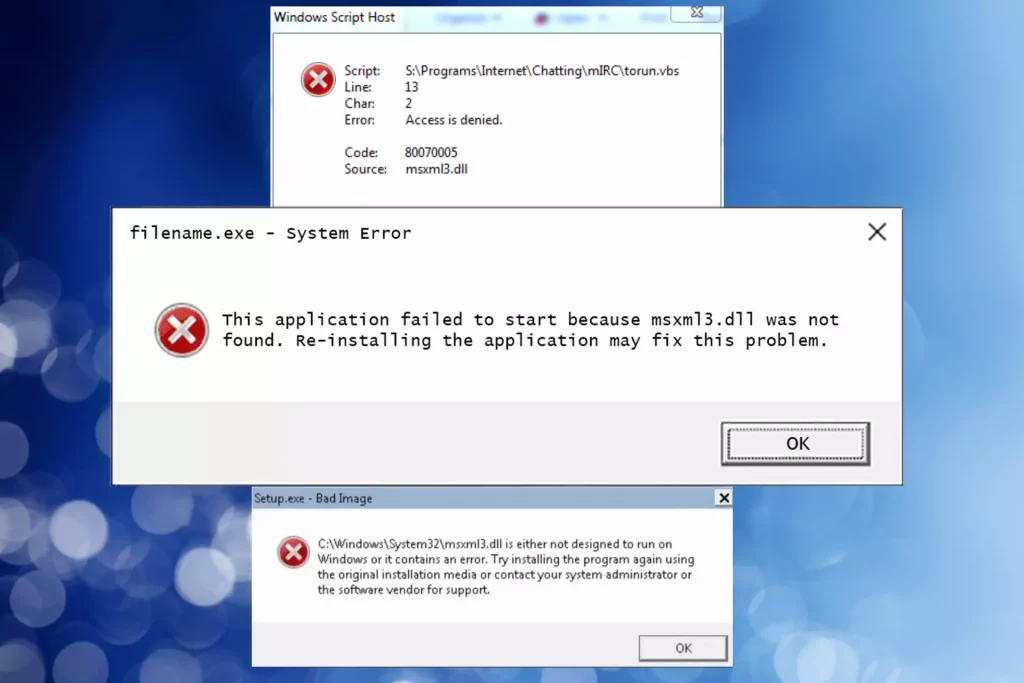
This application failed to start because msxml3.dll was not found. Re-installing the application may fix the problem.
The program can’t start because msxml3.dll is missing from your computer. Try reinstalling the program to fix this problem.
Rarer errors might state access is denied or:
MSXML3.dll is either not designed to run on Windows or it contains an error. Try reinstalling the program again using the original installation media or contact your system administrator or the software vendor for support.
Whatever error you receive, they all point to the file being missing, damaged, or the Windows Registry is damaged and cannot properly access the file on the system.
But why does this happen?
- Corruption or Deletion – One of the most common reasons for a DLL file like MSXML3.dll to go missing is file corruption or accidental deletion. This can occur due to software conflicts, malware infections, or manual removal of the file.
- Malware Infections – Malware or viruses can infect and damage system files, including DLLs. In some cases, malware may intentionally target and delete critical files like MSXML3.dll to disrupt system functionality.
- Software or Windows Updates – Sometimes, Windows updates or software installations and updates can overwrite or modify DLL files. If an update or installation process is interrupted or experiences issues, it may leave the system in a state where MSXML3.dll is missing.
- Uninstalling Software – Uninstalling certain software applications can accidentally remove shared DLL files because they’re coded badly. If one or more applications use MSXML3.dll and is not replaced during the uninstallation process, it may lead to its absence.
- Disk Errors – Hard drive errors and bad sectors can affect the integrity of system files, including DLLs. These errors can result in missing or corrupted files, and you may need to replace your hard disk.
- Memory Issues – If your RAM begins to fail while MSXML3.dll is held in memory, it can cause the file to corrupt or disappear. This may require you to purchase a replacement RAM stick.
- Registry Issues – Problems in the Windows Registry can disrupt the proper functioning of system files. If the registry contains incorrect references to MSXML3.dll, it may lead to the file being missing, even if it’s not.
How to fix MSXML3.dll errors
Before fixing the file itself, it’s important to run a malware scan and update Windows to ensure your system is stable and any fresh replacement file isn’t at risk of being damaged again.
Likewise, it’s worth checking your hardware, such as your hard drive and memory modules, are working correctly and not causing data loss. Built-in Windows tools can help with this:
1. Run CHKDSK (Check Disk)
This is how to check your hard drive for problems:
1. Type cmd in the start menu search barand select the Command Prompt as administrator.
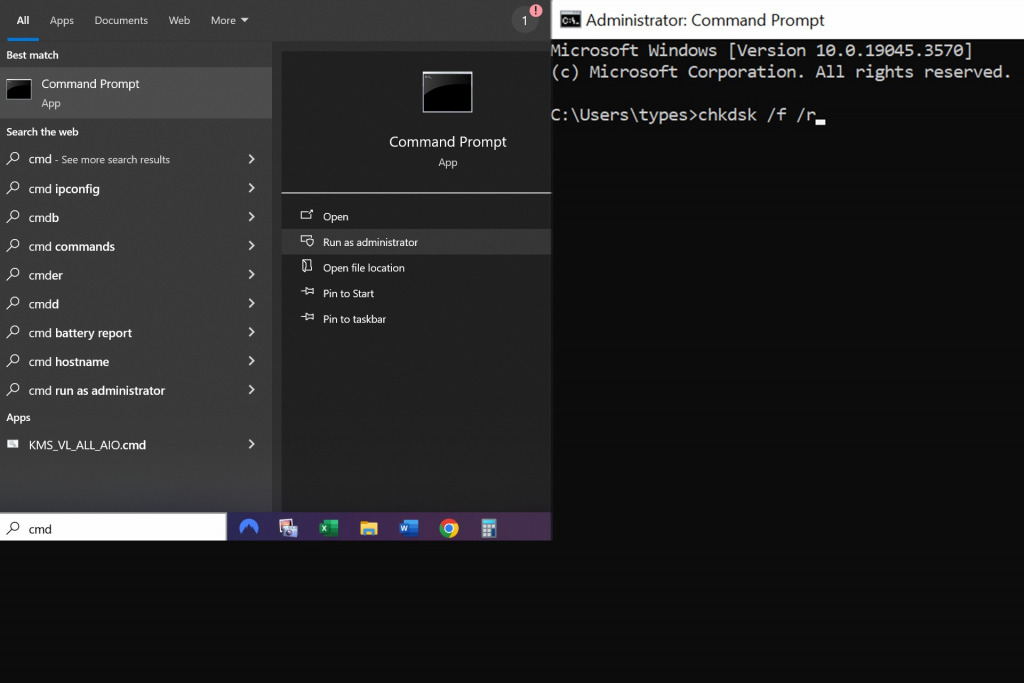
2. In the Command Prompt type: chkdsk /f /r
The /f command instructs CHKDSK to fix errors it finds, and the /r command tells it to detect and label any bad sectors.
3. When asked to schedule the scan for the next system restart. Type Y and press Enter to restart.
4. After the scan is finished, your computer will reboot again and display the results.
2. Run Memory Diagnostics
This is how you check your RAM for problems:
1. Type Windows Memory Diagnostic in the start menu search bar and open the tool of the same name.
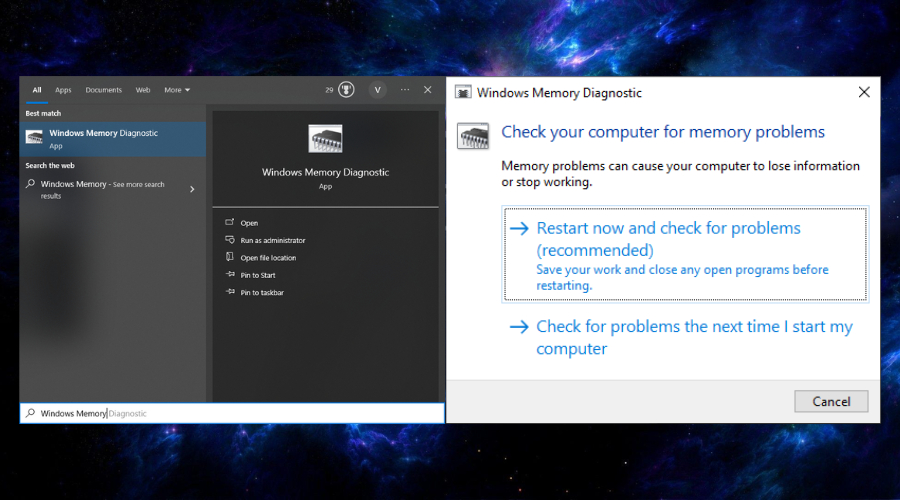
2. Click the restart now and check for problems option.
3. Wait for the scan to finish and get the results.
5. You may need to replace or repair faulty RAM modules.
3. Run a DLL Fixer
If hardware is ruled out as a problem, you can use a DLL fixer like Fortect to safely find and replace corrupted or missing DLL files like MSXML3.dll automatically. The great thing about Fortect is it also automatically fixes registry errors, which is dangerous to try manually.
1. Download and Install Fortect on your computer.
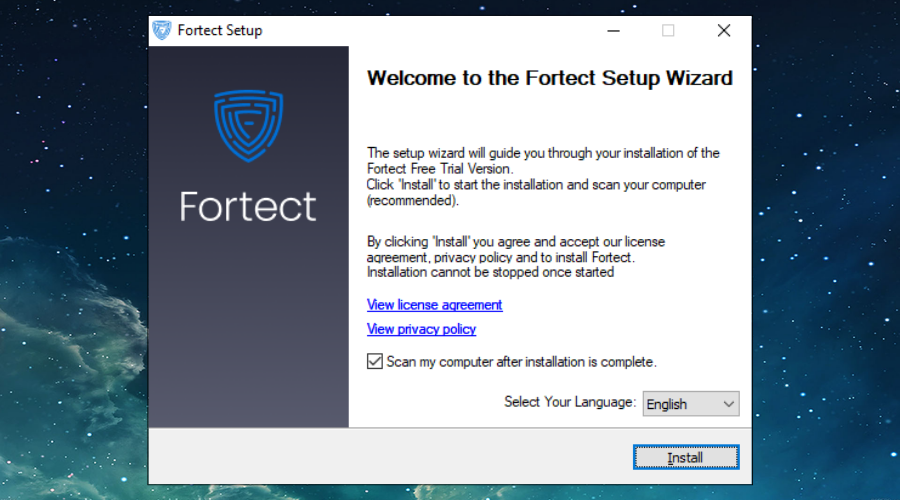
2. Launch the software and Start scanning.
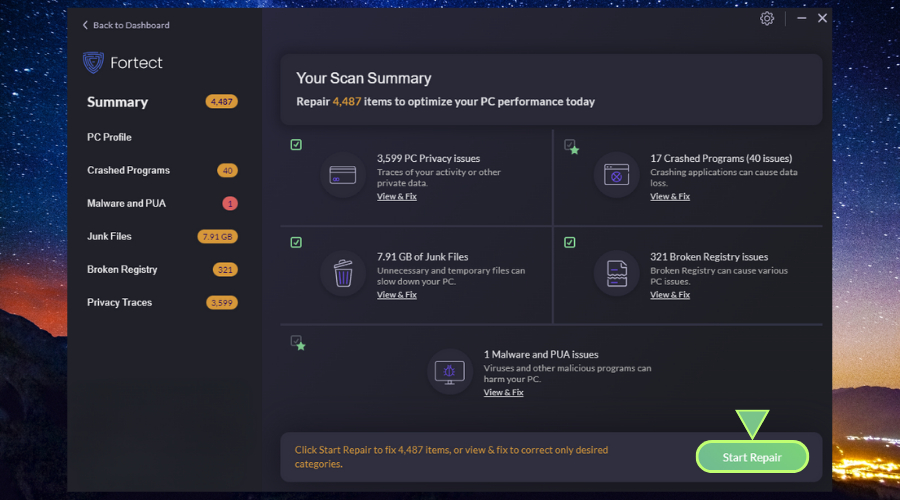
3. Click on Start Repair to start replacing DLLs automatically with working versions from its database.
I recommend this over trying to replace the DLL yourself because this is a complicated and risky process.
4. Use Windows SFC and DISM Utilities
Similar to Fortect but without extra Windows repair and file cleaning features, the System File Checker (SFC) and Deployment Imaging Service and Management Tool (DISM) scan Windows for system file errors and replace them (SFC) or copies over a snapshot of a working system (DISM). Here’s what to do:
1. Type cmd in the start menu search bar and open the Command Prompt as administrator
2. Type sfc /scannow and press Enter to start the process.
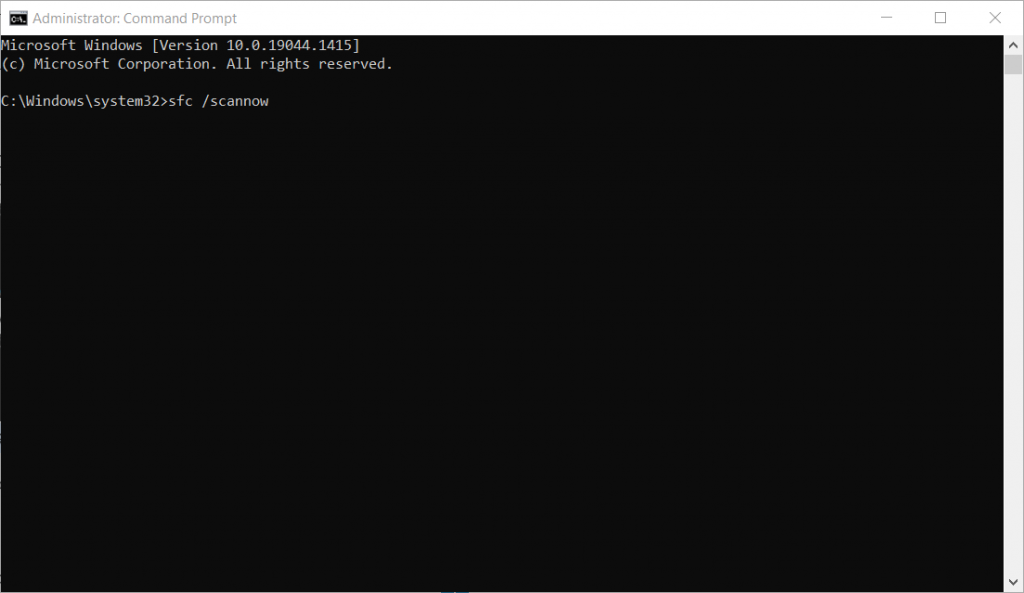
3. You should see one of these messages: Windows Resource Protection found corrupt files and repaired them successfully or Windows Resource Protection did not find any integrity violations.
4. Reopen the Command Prompt and type DISM /Online /Cleanup-Image /Restorehealth
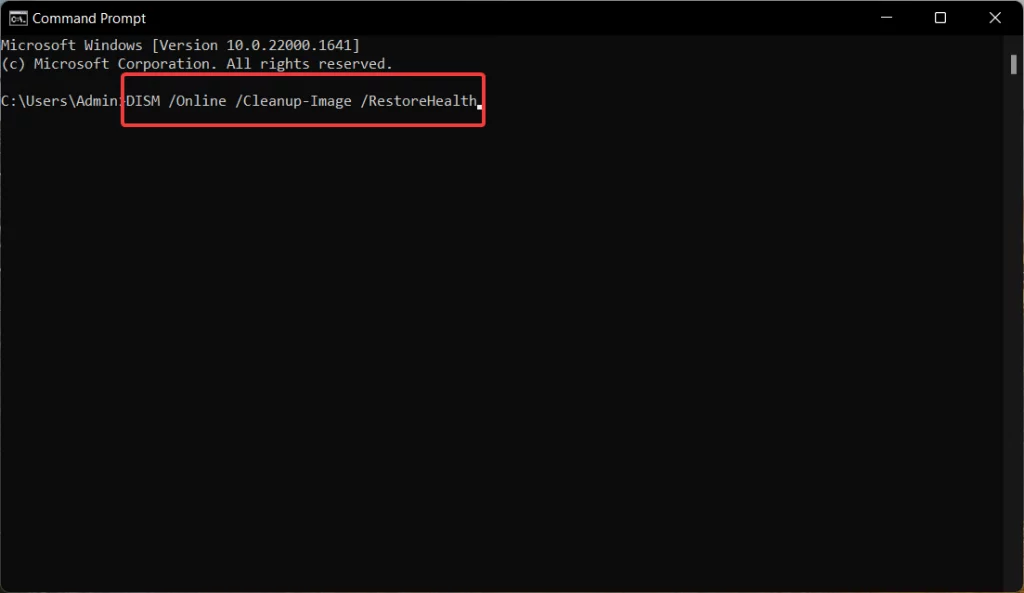
3. Wait for the process to complete and your system will reboot.
MSXML3.dll does not have to be missing forever
While errors like these can be alarming, there are more than enough fixes to get your Windows 10 system running smoothly again quickly. As long as you have ruled out malware and hardware failure, all it takes is a tool like Fortect or Windows own utilities to replace the MSXML3.dll and solve the errors.



![Where Does Windows Look For DLLs? [DLL Files Location]](https://wp-cdn.fortect.com/uploads/2023/04/13104330/where-are-dll-files-located-425x300.jpg)
